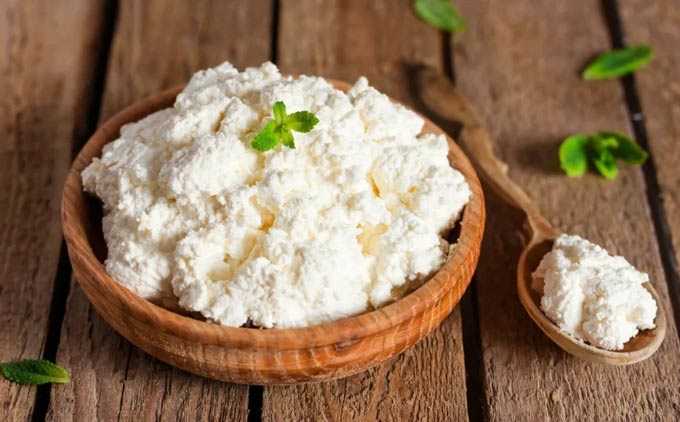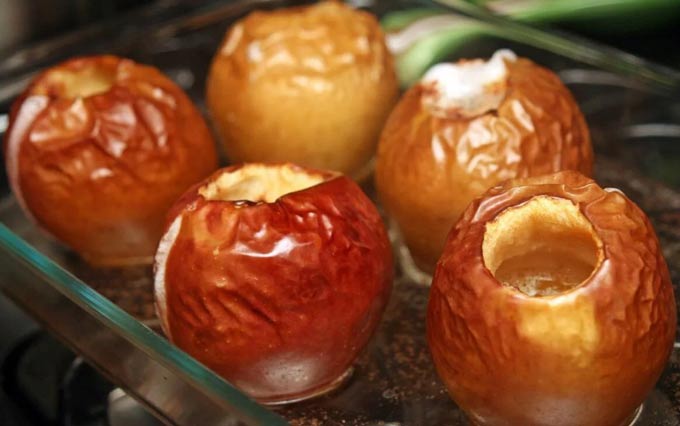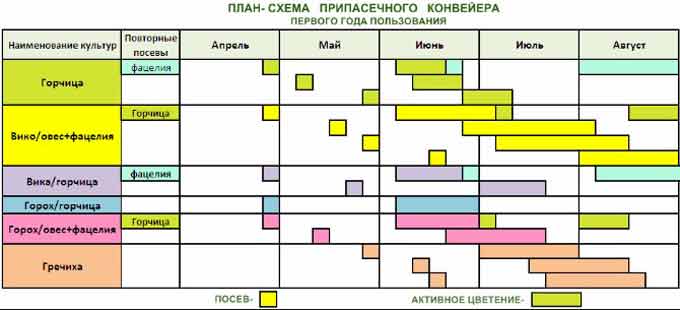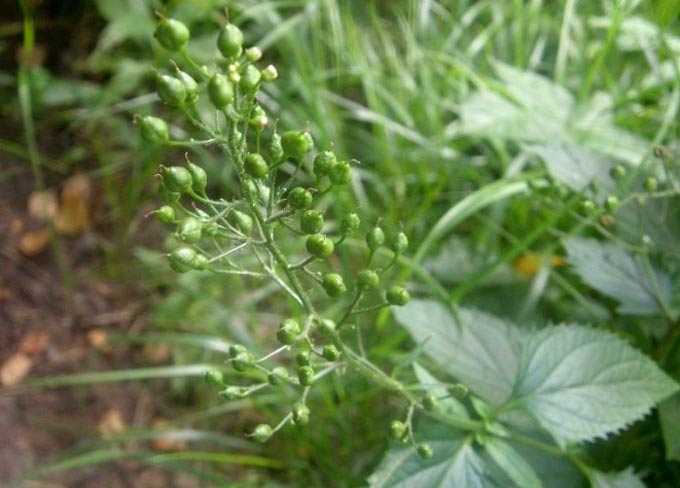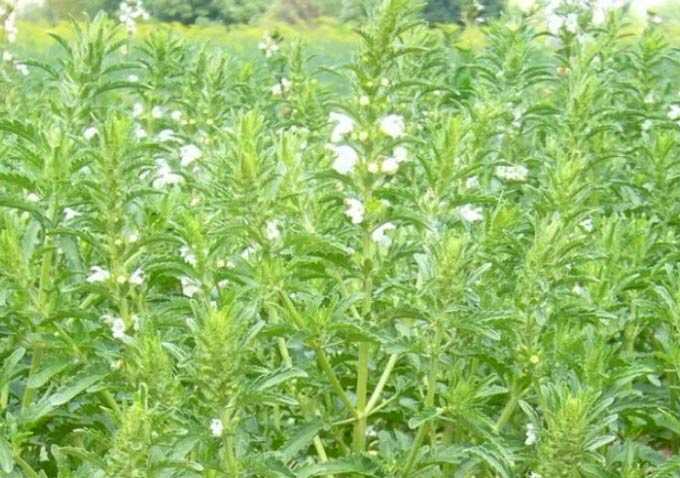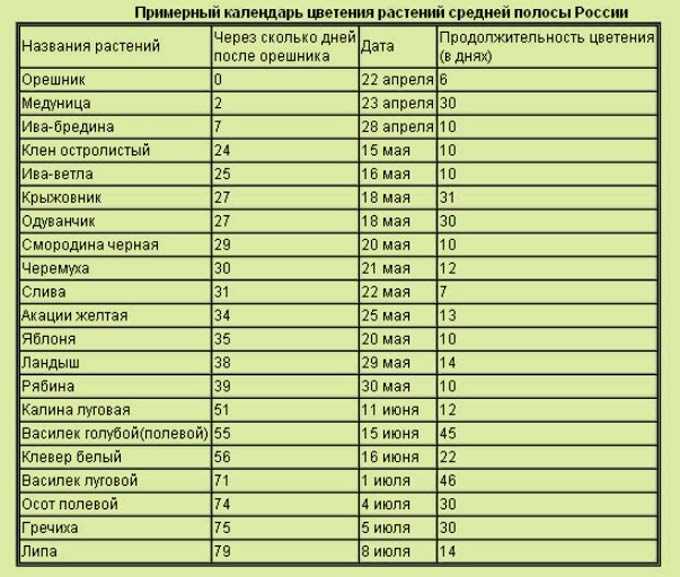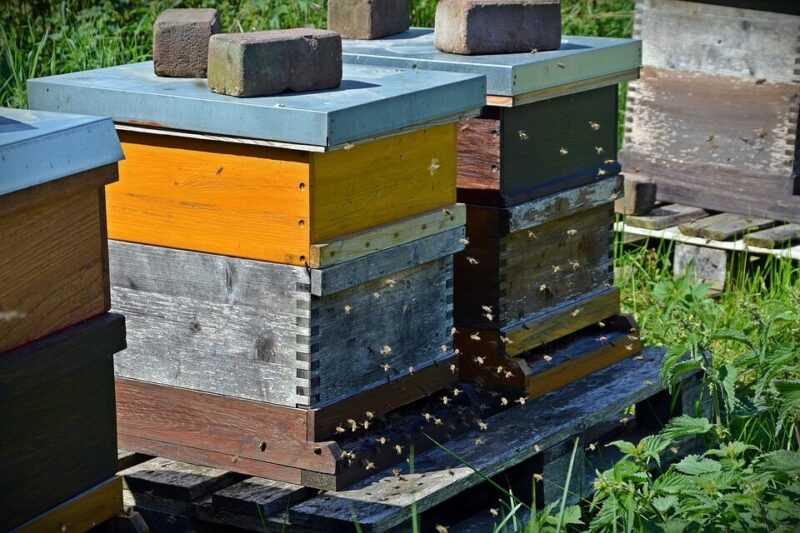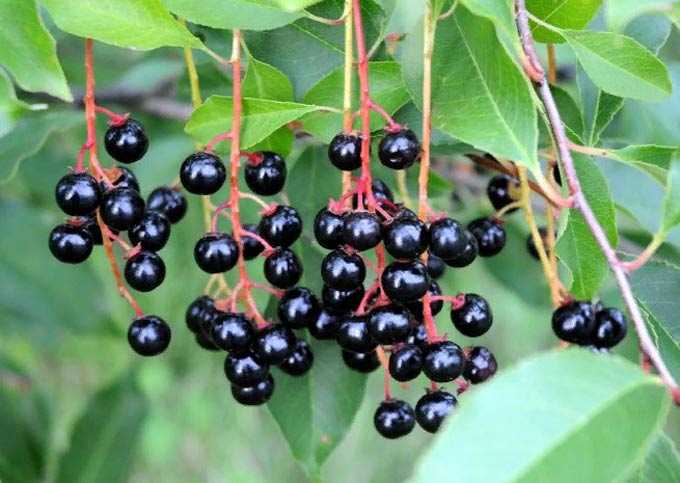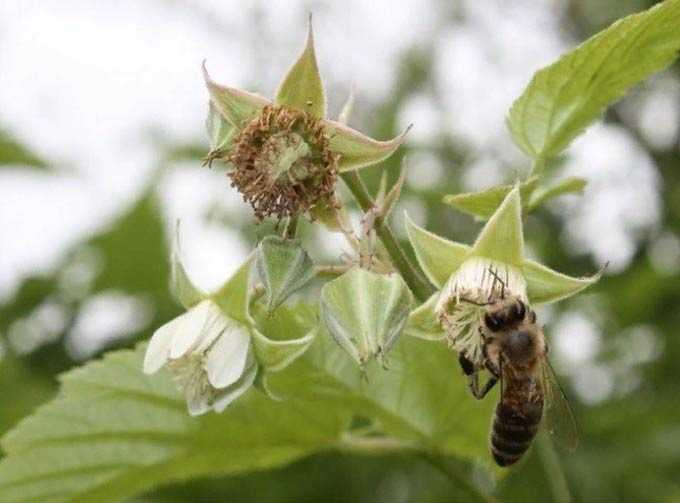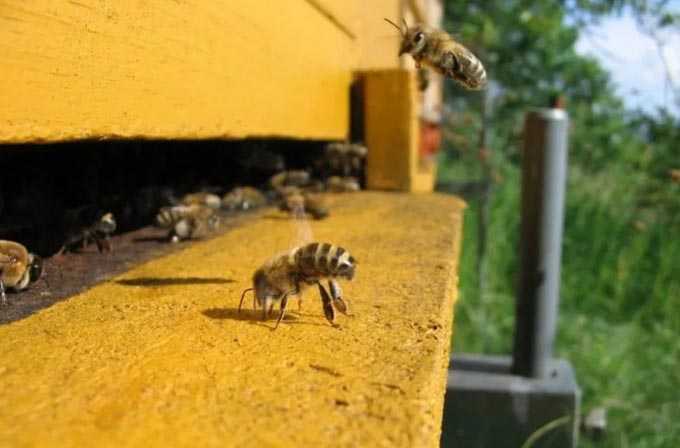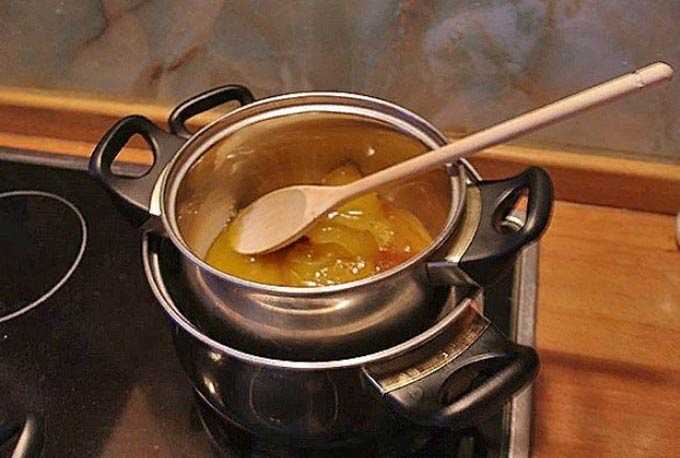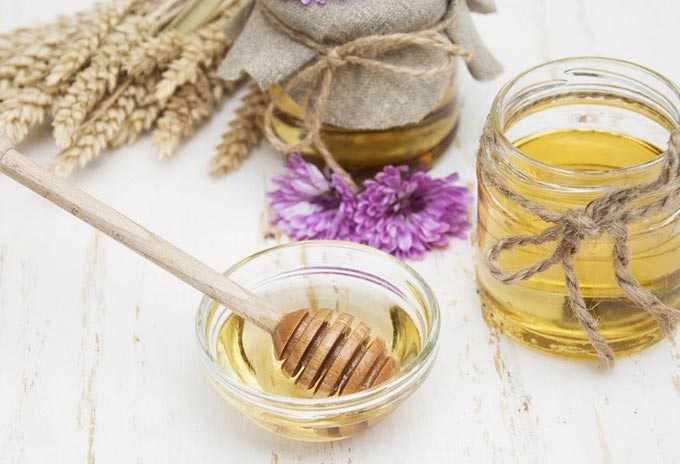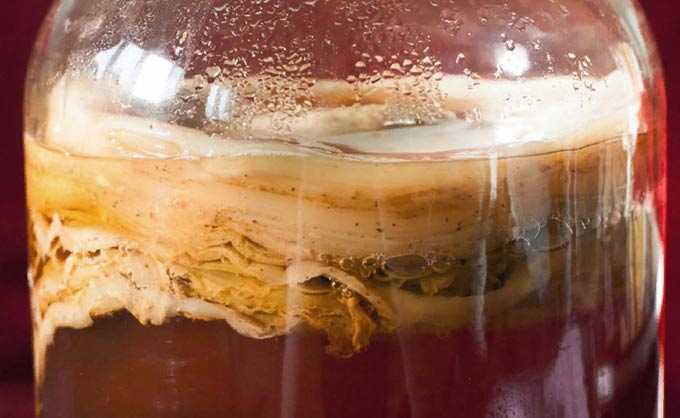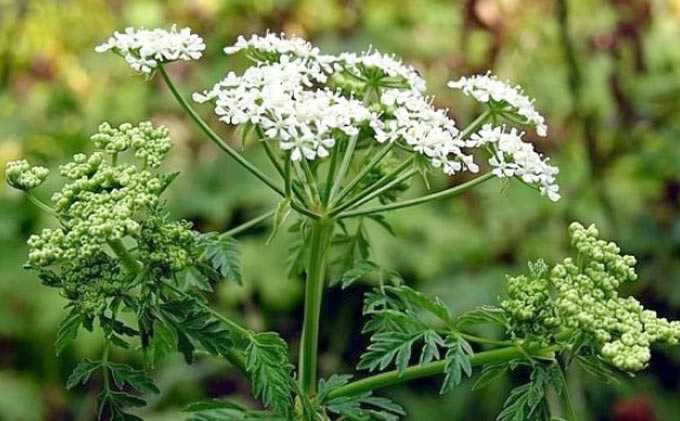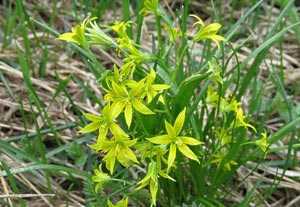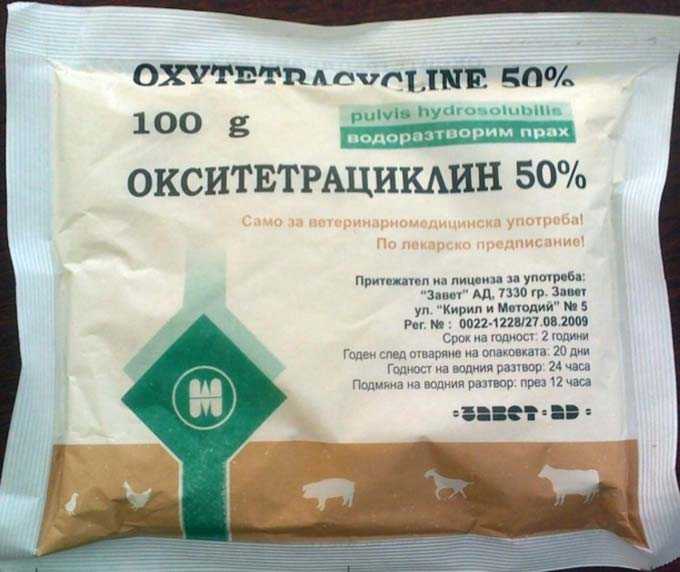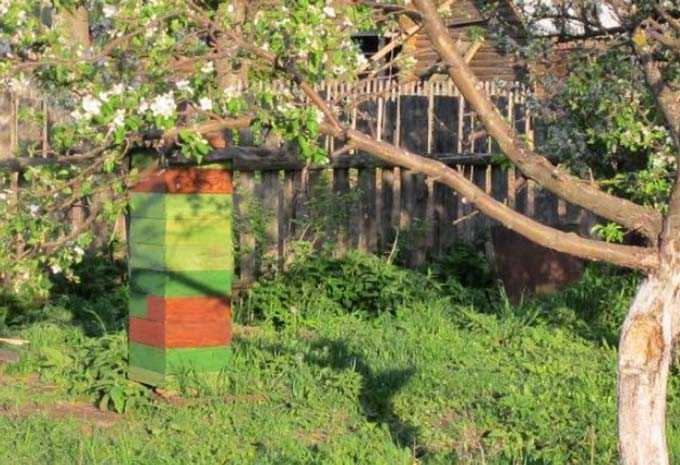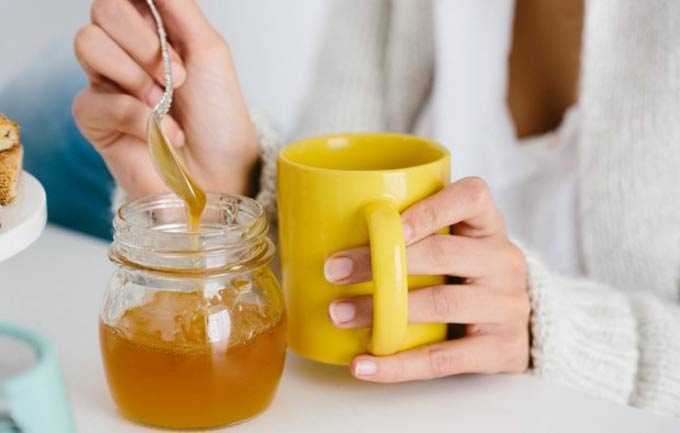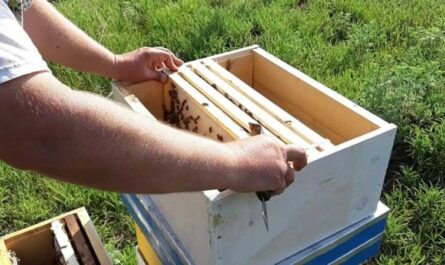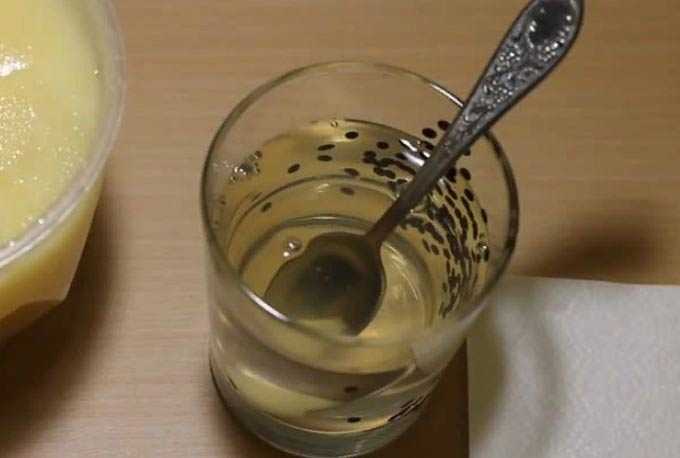The transferred cholecystectomy, regardless of the method of excision of the diseased organ (abdominal or laparoscopic), requires strict adherence to the diet.
Can i eat honey after gallbladder removal? After all, many products after such a surgical intervention are prohibited.
The content of the article
- 1 General dietary guidelines
- 1.1 Selection of products and dishes
- 1.2 In the first eight days
- 1.3 After discharge and within two months
- 1.4 During a year
- 2 Where to add honey
General dietary guidelines
The diseased organ is removed from the patient, which means that the reservoir for the accumulation of bile in the body is now absent. The main task is to avoid its stagnation in the bile ducts, as this leads to the appearance of stones.
Surgeons give the following nutritional advice for those who have undergone cholecystectomy:
- meals should be frequent (at least five meals a day);
- meals are prepared in small portions;
- food intake is carried out, if possible, at the same hours;
- the last appointment no later than two hours before bedtime;
- food should be pleasantly warm;
- dishes are stewed, boiled, steamed, but in no case fried (fried foods irritate the gastrointestinal tract and activate the digestion process);
- everything that gets into the mouth must be chewed thoroughly;
- at least 1,5 liters of water is drunk per day;
- as a drink, in addition to water, sterilized non-acidic juices, still mineral water recommended by a doctor, and a decoction of rose hips are also used.
Selection of products and dishes
Everything in the diet should promote the discharge of bile, and gently affect the intestinal mucosa, stomach.
When asked whether it is possible to eat honey after removing the gallbladder (laparoscopy, laparotomy), the answer is yes. Markevich E.V. speaks about this directly. – surgeon of the first surgical department of the 10th city clinical hospital in Minsk. Below are his recommendations for the menu after you go home.
It is necessary to use:
- cottage cheese dishes (cottage cheese, casserole, pudding);
- fermented milk products (it is better to eat in the morning and at night);
- low-fat sour cream;
- omelets and soft-boiled eggs;
- vegetable or weak meat broths;
- lean chicken and beef;
- Lean sea fish (twice a week to aid in the absorption of fats);
- in small doses, flaxseed, butter, any vegetable oil;
- bran;
- dried, but not rye bread;
- cereals (oatmeal, buckwheat, pearl barley, rice);
- non-acidic fruits and berries;
- various vegetables, pumpkin and carrots are especially useful;
- melons (watermelons, melons), removing harmful substances and excess liquid;
- dried fruits (prunes, dried apricots);
- a small amount of marshmallows, jam, marmalade, jam, natural honey;
- useful from seasonings: turmeric, bay leaf, fresh herbs.
In the first eight days
Necessary meals are provided by the hospital until discharge.… During these eight to nine days, the digestive tract is not yet ready for stress. It is important to avoid constipation. Therefore, it is prescribed to drink in sufficient volumes (non-acidic sterilized juices, weak teas), carrot soufflé, beets, yoghurts.
Vegetables are stewed without oil. You can add whipped egg white or a spoonful of low-fat milk to these. Then the dishes are baked in the oven.
After discharge and within two months
After checkout, the home menu is prohibited:
- Rye bread;
- raw vegetables and fruits.
The listed products have a pronounced choleretic effect..
Two months later the emphasis is on dairy foods, and protein foods in general, as it dilutes bile. This is lean chicken, lean meat, cod, catfish, boiled mussels, squid, shrimp, low-fat cottage cheese, sour cream (no more than one or two tablespoons as a seasoning for dishes).
Avoid frying! Do not eat rye bread, raw fruits and vegetables.
Is it possible to honey after removal of the gallbladder during this period depends on the state of health. If there is no pain, discomfort, the diet is gradually expanded.
As the first sweets, they eat marmalade, baked apples, marshmallow, a little honey.
During a year
Up to a year you can not eat foods containing:
- low-quality fats;
- pork.
They are often found in store dumplings, dumplings. Therefore, be careful with your diet. Such products contain cholesterol and increase the viscosity of bile, which threatens stagnation and the formation of stones.
At the end of the year, fresh vegetables, fruits and berries are gradually introduced. But they still exclude sour species, for example, currants, green apples, oranges, lemons, tangerines.
Also avoided on the menu:
- champagne, dry wines;
- confectionery cream and sweets with its addition;
- onions, garlic, sorrel, spinach;
- smoked meats, pickles, canned food, caviar;
- ice cream and other cold dishes that can provoke a spasm of the bile ducts.
Where to add honey
Natural bee honey has antibacterial properties, contains trace elements, vitamins and other biologically active substances. He is able to relieve pain, improve metabolism, the work of the gastrointestinal tract.
Of course, the daily dose should not contain a large amount of honey… An overabundance of wholesome sweetness puts additional stress on the liver and pancreas. It is enough to eat one or two, maximum three tablespoons a day.
One can:
- Sweeten warm tea or non-acidic fruit juice by putting one or two teaspoons of honey product in them.
- Pour a teaspoon of honey over one or two baked apples without a core.
- Add to low-fat cottage cheese in the amount of one tablespoon or dessert spoon.
- Or drink a glass of warm honey water (200-250 ml teaspoon).
Read: Why and how they drink water with honey
You can also put honey in non-acidic fruit salads, pour over ready-made curd casseroles, pudding, curds (cheesecakes).
But it is not worth adding to the menu along with sprouted wheat, nuts. These products cannot be called dietary. They are absorbed within 1,5-2 hours, and honey is absorbed into the bloodstream in just 20-30 minutes. There is little benefit from such a combination in one dish.
